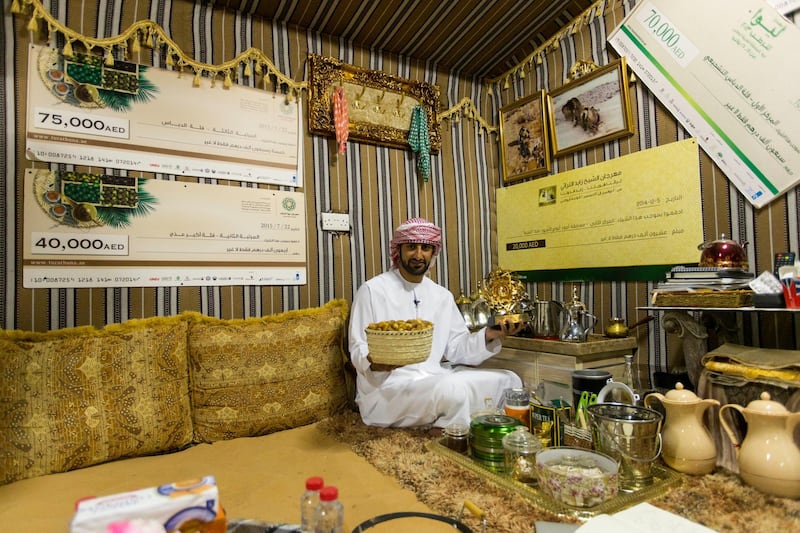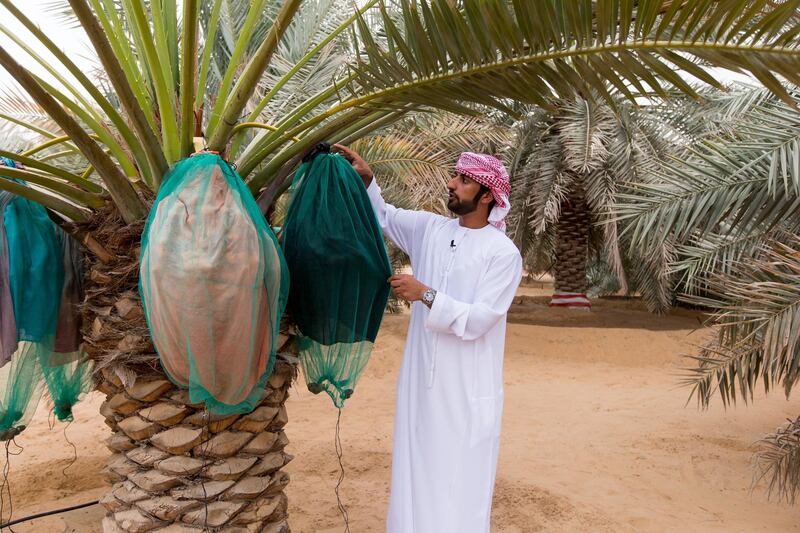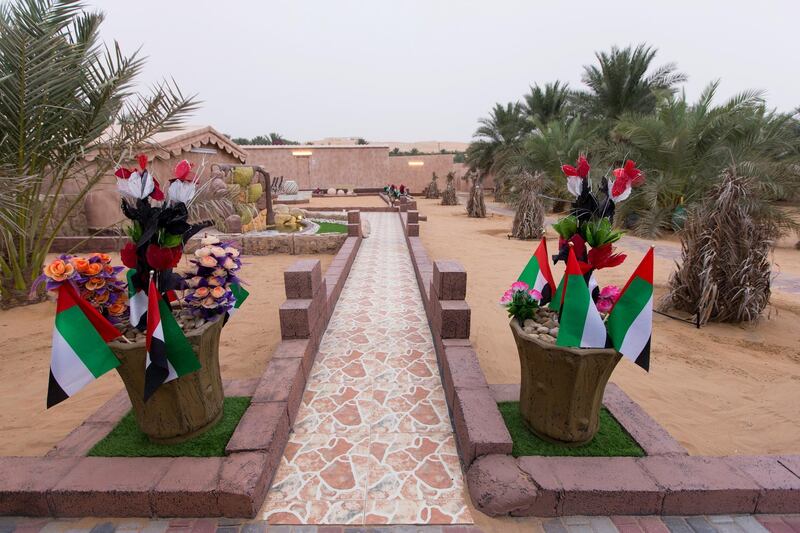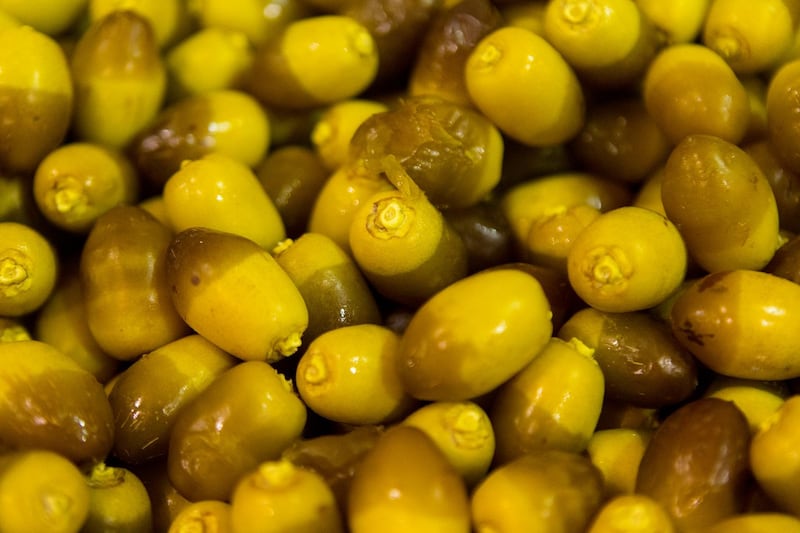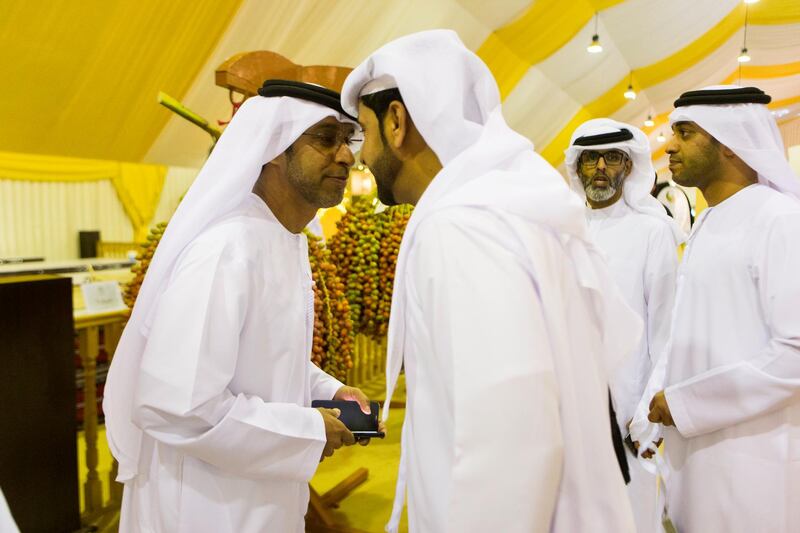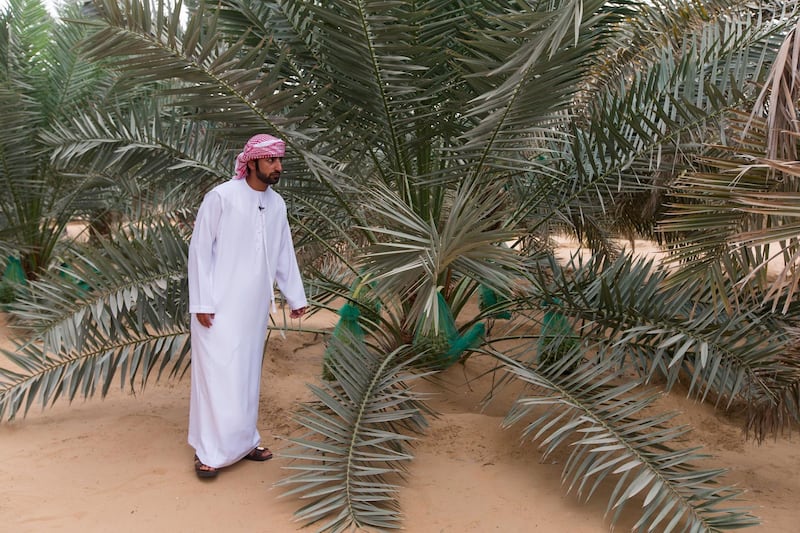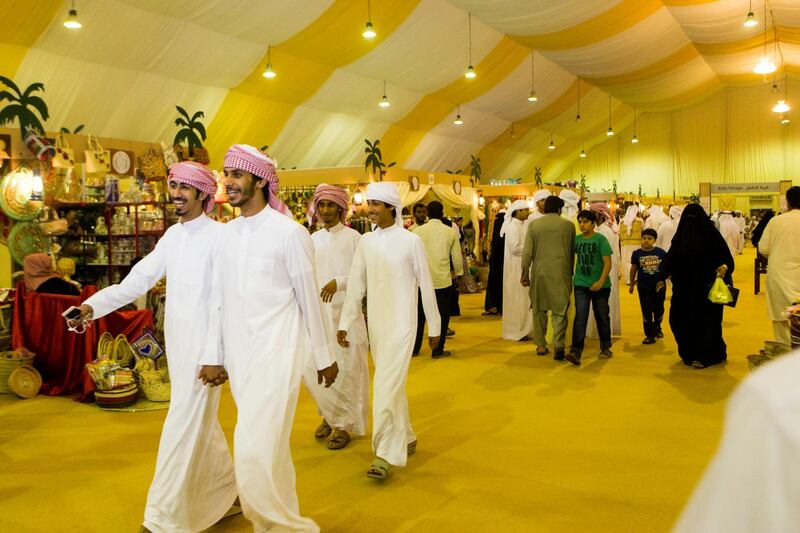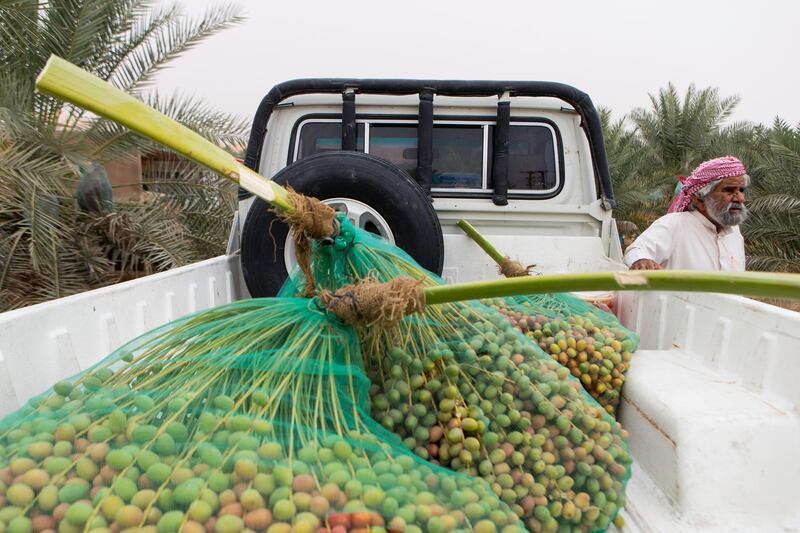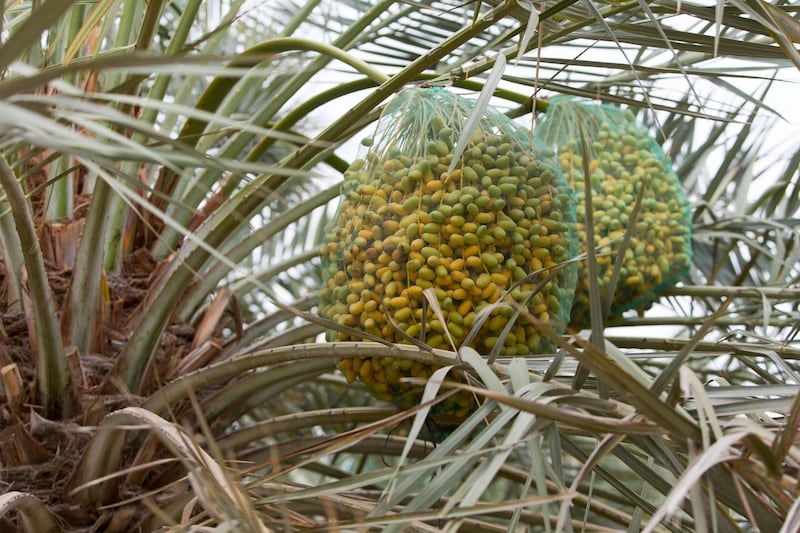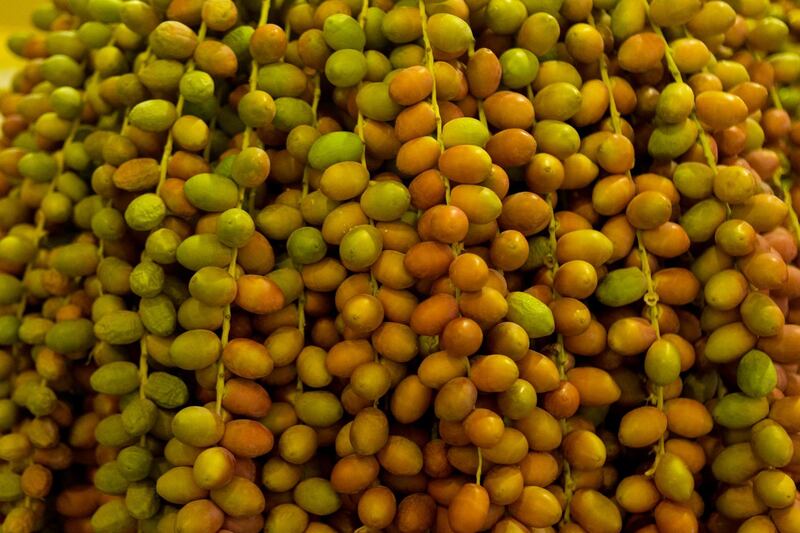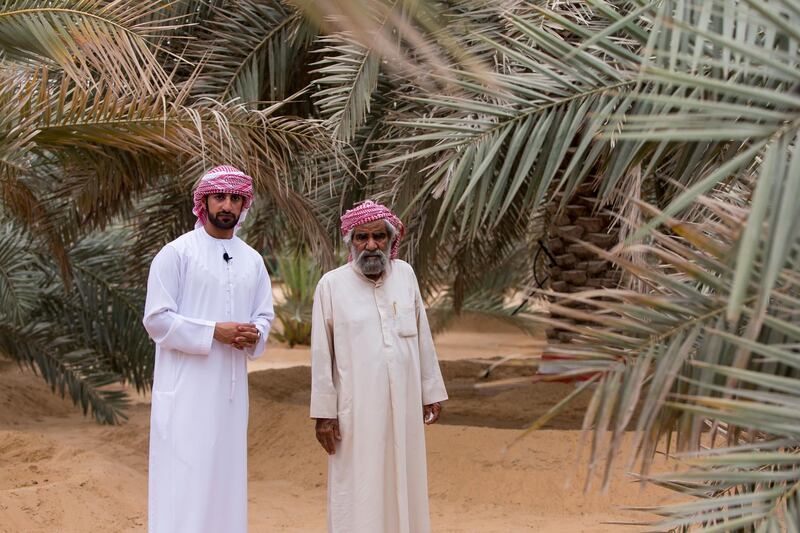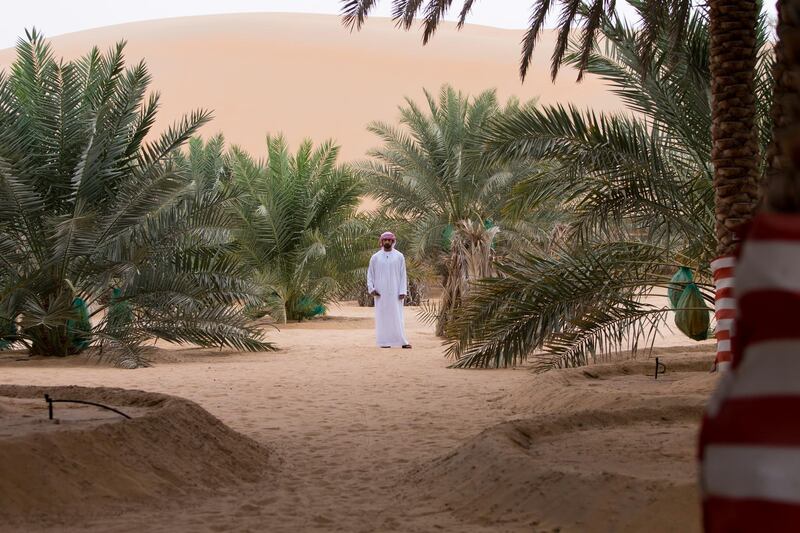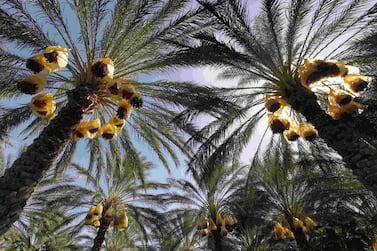The date palm and its associated traditions have been added to the Unesco Intangible Cultural Heritage list.
Date palm culture has been central to life across the Middle East and North Africa for millennia, revered in art, poetry, literature and holy texts.
The Unesco nomination was submitted by 14 countries from the Gulf, the Levant and North Africa, including the UAE. Unesco created its Lists of Intangible Cultural Heritage in 2008 for the protection of intangible heritage and to increase awareness of their significance.
The committee meets annually to review nominations. The 2019 nominations are under review from December 9 to 14.
Locally, a campaign for inclusion of date palm culture was led by the Department of Culture and Tourism Abu Dhabi.
Noura Al Kaabi, Minister of Culture and Knowledge Development, thanked the Arab countries that worked alongside the UAE on the joint file for registering the palm tree for the Unesco list.
“People in the Arab region have a long historical relationship with the palm tree, which forms an integral part of our traditions and heritage spanning thousands of years,” Ms Al Kaabi said.
“Our forefathers relied on this tree to make their livings and secure their survival, and today we are proud of its transformation into a global symbol of unity and solidarity between our countries’ culture, traditions and beliefs.
“We look forward to working with our partners locally and regionally to raise awareness about the importance of this tree as well as our shared culture and history and our work to preserve it.”
Mohamed Al Mubarak, chairman of DCT Abu Dhabi, said: “For generations, palm trees have been a vital and authentic element in the heritage of Arab culture, and it is seen as a symbol of generosity on which many of our cultural values are based
“By inscribing it into the Unesco Representative List of Intangible Cultural Heritage, we now have indisputable international recognition of the palm tree’s distinguished position in our culture, which also reflects our efforts to preserve the traditions and heritage that exemplify our universally celebrated values.
"The palm tree’s inscription is a continuation of the collaboration between the UAE and Unesco, underlining our strong commitment to safeguarding national heritage as an element of the culture of the Emirati people, especially as such an honour entails practical steps to safeguard such inscribed elements using modern methods, thus ensuring their preservation and promotion of their intangible significance."
Phoenix dactylifera is believed to be the first tree cultivated by mankind and central to the rise of civilizations. The oldest date palm pit on Abu Dhabi's Delma Island is more than 7,000 years old.
A bowl of dates is found in every Emirati home, a symbol of hospitality and survival in an unforgiving landscape.
From the mountains of the north to the oases of the Empty Quarter, life in the emirates revolved around the palm.
Its centrality was explained by Maryam Khalaf, an elder from Ras Al Khaimah whose life was shaped by the palm.
"The palm is the father, the mother, the everything," Ms Khalaf told The National in 2011.
"For the ship, for the home, for the food, everything was from the palm.”
Families migrated from coast settlements to palm orchards in the interior for the annual summer harvest.
Girls learnt at a young age to weave fronds into household items. Mats, fishing traps and even houses were built of frond and fibre. The creekside settlement of tightly woven palm houses known as khaimah, gave the emirate Ras Al Khaimah its name.
East coast fishermen went to sea on the shasha, a small craft of fronds, bound with fibre and packed with date palm stalk for buoyancy.
Date palms outnumber humans by four to one in the UAE.
The UAE exports 345,000 tonnes of dates per year and accounts for a third of the global date trade.
Today, scientists study how this hardy tree could shape the future, as a source of biofuel, a carbon sink and a drought tolerant crop.
Its cultural appeal remains, thanks in part to government-sponsored date palm festivals that inject millions into farms with lucrative prizes. Prizes are awarded for the best dates, farms and even a fiercely contested title for the heaviest branch.
The relationship between man and tree has produced a rich cultural heritage maintained to this day, said Unesco.
“The date palm, [its] knowledge, skills, traditions and practices have played a pivotal role in strengthening the connection between people and the land in the Arab region, helping them face the challenges of the harsh desert environment.”
2019 entries on the Unesco list
- Armenian letter art, the decoration letters with knots, animals and mythical creatures used in embroidery, carpet weaving, jewellers and other artisans.
- Alpinism, the art of climbing mountains in rocky or icy terrain. Submitted by France, Italy and Switzerland.
- Byzantine chant, a musical tradition of the Greek Orthodox Church. Submitted by Cyprus and Greece.
- Churning Airag, fomented mare’s milk, in a cowhide vessel. Submitted by Mongolia.
- Ethiopian epiphany, a festival celebrated to commemorate the baptism of Jesus Christ by John the Baptist. Submitted by Ethiopia.
- Crafting and playing the Dotar, a two stringed lute found in Iran and Central Asia. Submitted by Iran.
